Gratitude Has Two Branches: Post 70th-Acadian Festival Song Lyric Culture Moves Municipality of Clare Forward
Gratitude Has Two Branches, Cajun Dead et le Talkin’ Stick song lyric release by Claude Edwin Theriault. Post–70th anniversary Acadian Festival
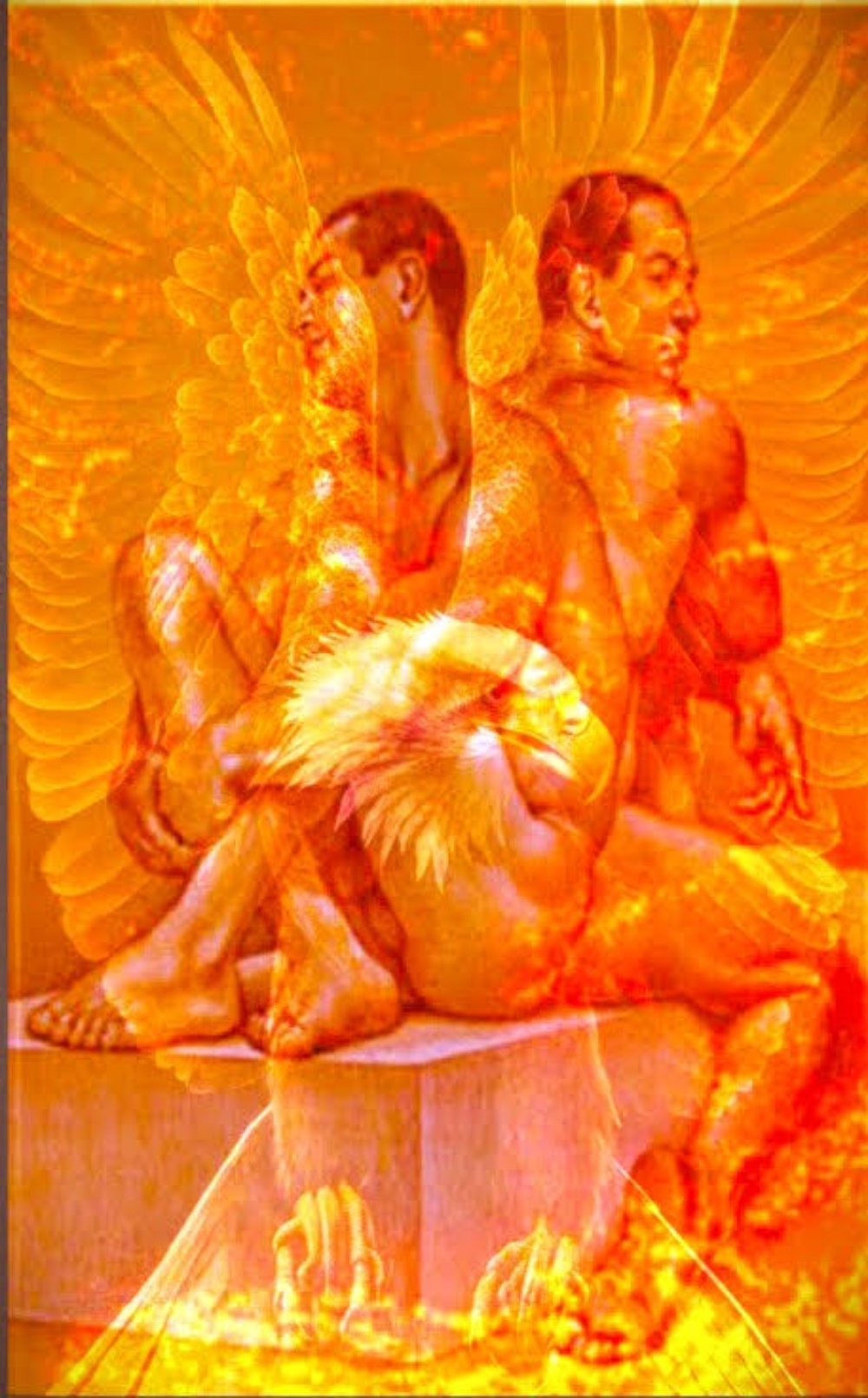
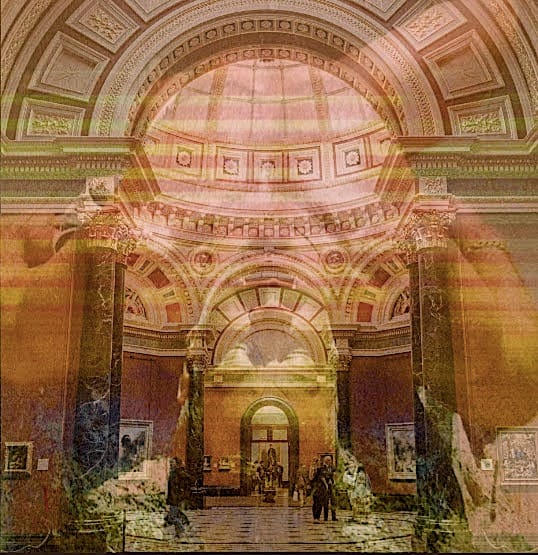
Gratitude Has Two Branches: Theriault’s Contemporary Song Lyric Journey Beyond Heritage Patrimonial Narratives
Gratitude isn’t just a feeling—it’s a map with two pathways. That’s the message behind Gratitude Has Two Branches, the newest Cajun Dead et le Talkin’ Stick song lyric release by Claude Edwin Theriault. Post–70th anniversary Acadian Festival, this piece moves boldly into uncharted territory: blending Appalachian-inspired spoken word cadences with archetypal imagery drawn from Theriault’s artwork. Unlike the safe heritage patrimonial songs that lean heavily into nostalgia, Gratitude opens up a second branch—one that is contemporary, forward-facing, and unapologetically experimental.
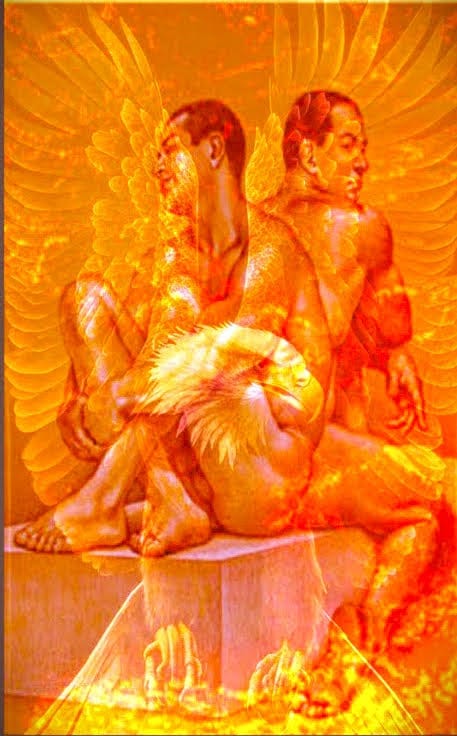
The symbolist lyrics explore sufficiency and recognition as the twin roots of gratitude, challenging a society obsessed with monetization and exterior wealth. Theriault positions gratitude as more than polite thanksgiving—it is the alchemical practice of transmuting lived experience into spiritual continuity.
Branch One: The Traditional Path of Patrimonial Song
The first branch of gratitude, as sung across Acadian heritage festivals, leans into sufficiency. These songs look backward, preserving memory and cultural pride in a way that comforts communities that have faced centuries of erasure. The traditional Acadian lyrical canon is filled with folk ballads about hardship, displacement, and survival. They are essential in anchoring collective identity, particularly in the aftermath of the Great Expulsion of 1755, when Acadian families like the Theriaults and Dugas carried their faith and resilience into exile.
But as necessary as patrimonial song is, it has limitations. By focusing only on the past, these lyrics risk becoming insular, repeating heritage narratives without connecting them to present global struggles. They soothe, but they rarely provoke. They honour memory, but they don’t always invite transformation.
Theriault acknowledges this first branch but chooses to walk further down the path. For him, sufficiency isn’t enough—it is only the beginning of gratitude.
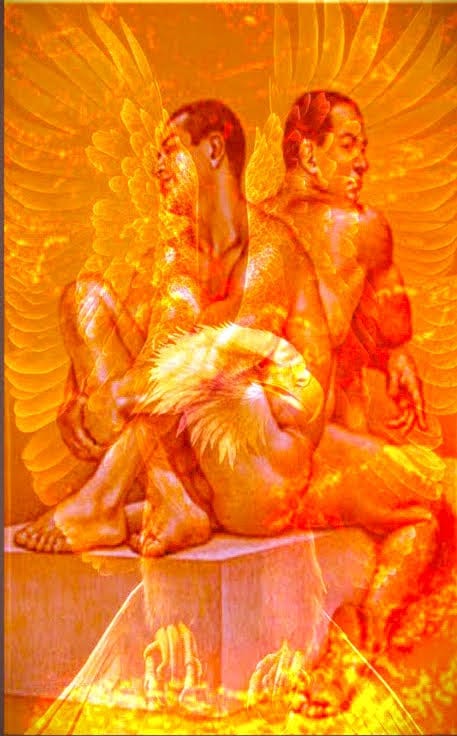
Branch Two: Contemporary Spoken Word Narratives
The second branch, recognition, is where Theriault’s Gratitude takes root. This branch does not dwell in the past; it spills forward into action, embodiment, and acknowledgment of present realities. The lyrics move like a river:
`Gratitude has two branches: Sufficiency and Gratefulness are the experience of life;
This flows into branch two, Thanksgiving and the fulfillment that brings you back to gratitude (Yò BeBe Honey Child).
Here, gratitude becomes cyclical, a feedback loop of appreciation that expands as it is practiced. Instead of a passive remembering, it is an active engagement with what flows through us and from us.
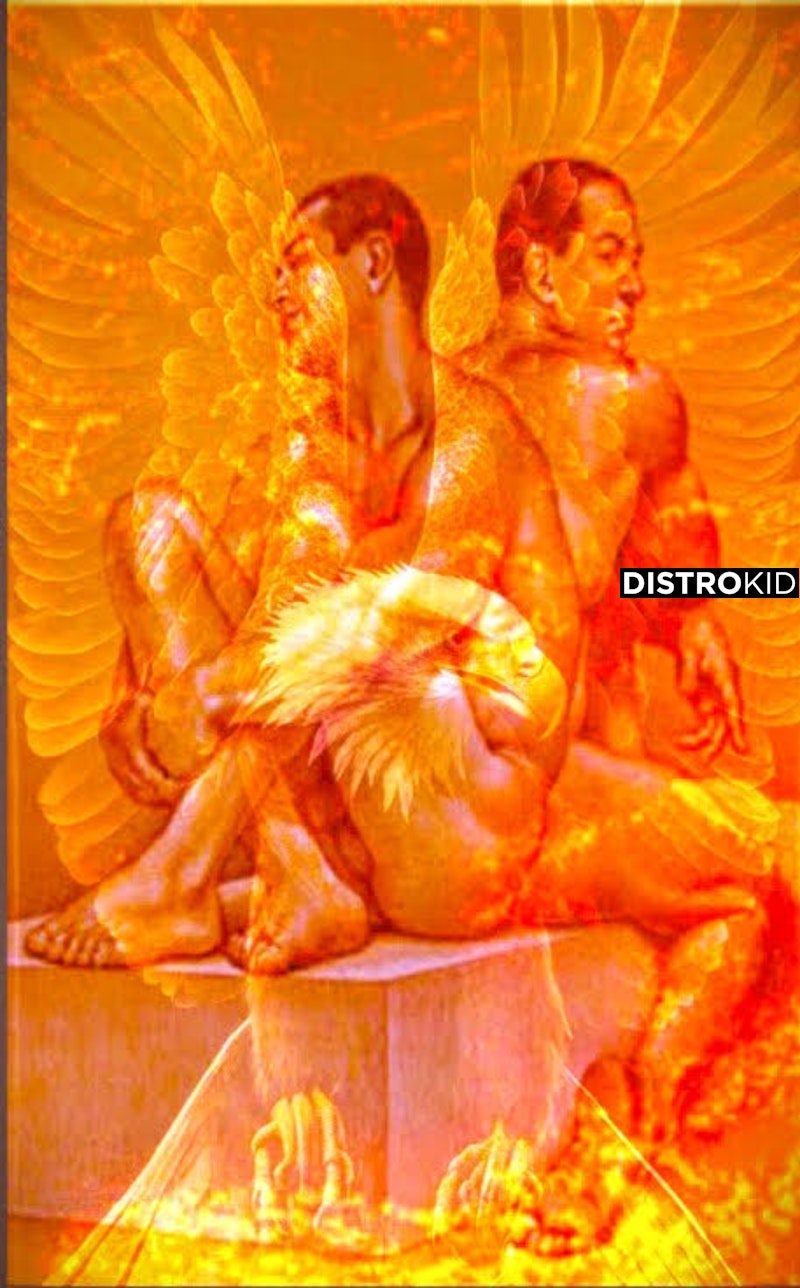
Theriault’s Cajun Dead et le Talkin’ Stick delivery—half Appalachian dirge, half archetypal invocation—reshapes the Acadian cultural voice. He calls out the pathology of monetization, critiques a deficit-based worldview, and flips the cultural script:
“In a society with a pathology of monetized everything, in a deficit culture and a mindset
It is nice to see what you appreciate appreciates as it ebbs and flows to and from you.”
The phrasing fuses folk wisdom with contemporary critique, reminding listeners that real wealth is internal, rooted in spiritual depth and continuity, by aligning gratitude with archetypal forces—storms, trees, universal spirits—Theriault grounds his spoken word in timeless imagery that transcends heritage boundaries.
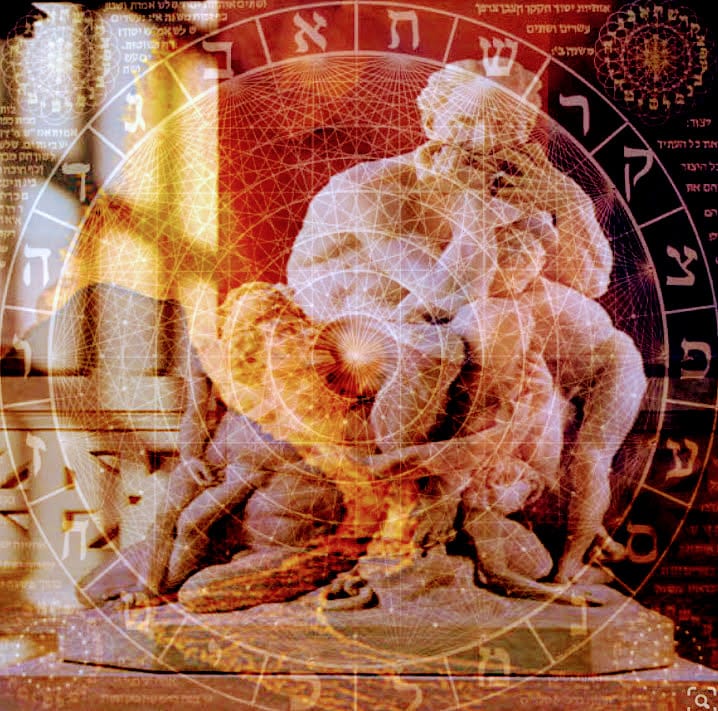
Gratitude in a Monetized Society
The song’s relevance is sharpened by its commentary on today’s culture. We live in what Theriault calls une société avec une pathologie de tout monétiser—a society where even gratitude gets commodified, packaged into hashtags and consumer rituals. Against this backdrop, Gratitude Has Two Branches feels almost defiant.
Instead of monetized thanks, the lyrics suggest a deeper wealth:
“Une société qui value rien que les richesses du dehors au lieu des richesses du dedans pis la vraie richesse (qu’on trouve là).”
This is not a heritage song as a quaint performance; it is a countercultural invocation. The spoken word rhythm echoes Primitive Baptist hymns and Appalachian chain-gang work songs—raw, stark, and deeply communal. Theriault reclaims gratitude as lived experience, not as currency.
By placing his contemporary branch beside the heritage branch, he reframes Acadian music as a living practice rather than a museum piece. Gratitude becomes both remembrance and recognition—a spiritual technology for resilience in a fractured world.
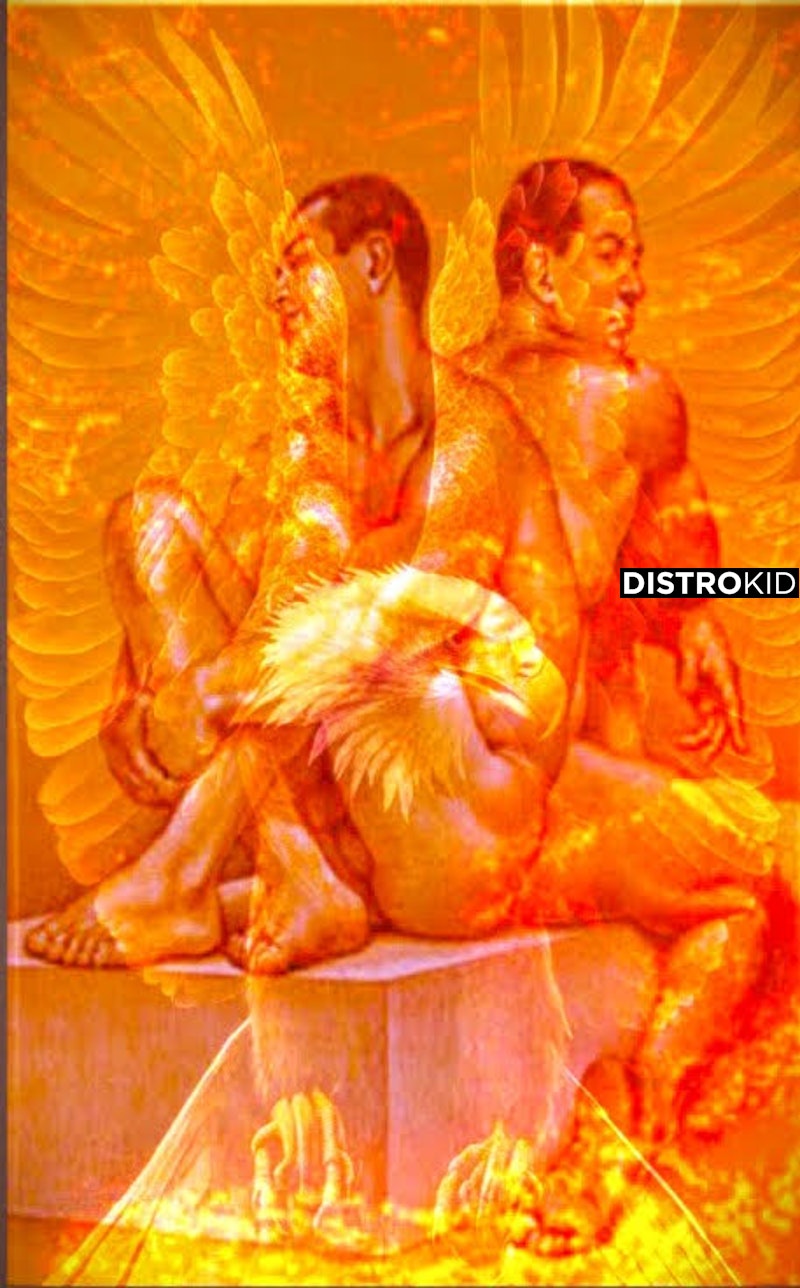
Archetypes, Continuity, and the Living Spirit
Theriault’s lyrics repeatedly return to archetypal forces: storms, trees, and spirits who walk human experiences. These aren’t random symbols—they reflect the same archetypal patterns that drive his visual artwork.
Lines like:
“A society that values only outer riches instead of inner riches
and the true wealth ( found there )
Like Sweet Queen Jesus' memes du Jour, part of the two-faced coin, a sayin' renders to Caesar.
What is Caesar and onto God, which God stands
as a (bowsprit in a northeaster storm ) ”
turn spiritual references into living metaphors of endurance. The mast (beaupré) in a northeast storm becomes an image of divine resilience within human fragility.
In the outro, the lyrics explicitly connect gratitude to continuity:
`December ways, from back then to this day. Since we humans have spiritual experiences as
We are spirits having a ( human experience ).re spirits having a ( human experience ) `
More considerable self-changes in the soul have more continuity options.
Universality drowned by mainstream misconceptions of ( fear and misgivings )
“Yet, lest ye forget, gratitude has two branches: Sufficiency
and Grateful Dead ; yes the spirit still lives on in others that are ( the experience of life )”
Here, Theriault links Acadian survival to a universal pattern of spirit living on through communal experience. Gratitude is not simply thanks for survival; it is recognition of continuity beyond death, beyond displacement, beyond commodification.
This places Gratitude squarely in the lineage of countercultural music traditions—from the Grateful Dead’s psychedelic communal ethos to Appalachian dirges of mortality and survival. But instead of imitation, Theriault crafts a uniquely Acadian contemporary voice—symbolist, critical, archetypal, and spiritually resonant.
FAQs
1. What does “Gratitude Has Two Branches” mean in Theriault’s song?
It refers to two modes of gratitude: sufficiency (a traditional, heritage-rooted form of remembering) and recognition (a contemporary, active practice of engagement with life and spirit).
2. How does the song connect to the Acadian Festival’s 70th anniversary?
Theriault positions the song as a turning point: while heritage patrimonial songs celebrate the past, Gratitude opens a new branch that engages with present challenges and future continuity.
3. Why does Theriault use Appalachian-inspired spoken word instead of traditional Acadian folk styles?
Because it allows him to fuse Acadian culture with universal archetypal sound traditions, creating a raw, communal voice that critiques modern culture while carrying forward the spirit.
4. What makes this song different from other Acadian heritage songs?
Unlike patrimonial songs that mainly preserve memory, Gratitude actively critiques monetization, explores archetypal imagery, and embodies spiritual continuity—placing Acadian identity in a global countercultural context.
5. How do the lyrics reflect Theriault’s visual art practice?
Just as his artwork uses archetypes and hieroglyphic totemic narratives, the lyrics employ storms, trees, and spiritual archetypes to construct symbolic narratives of resilience and continuity.




